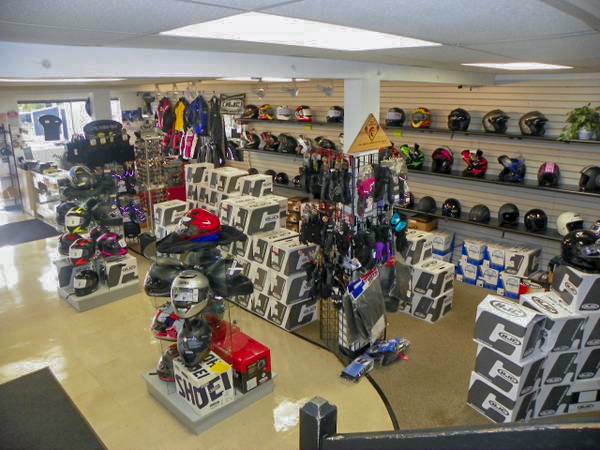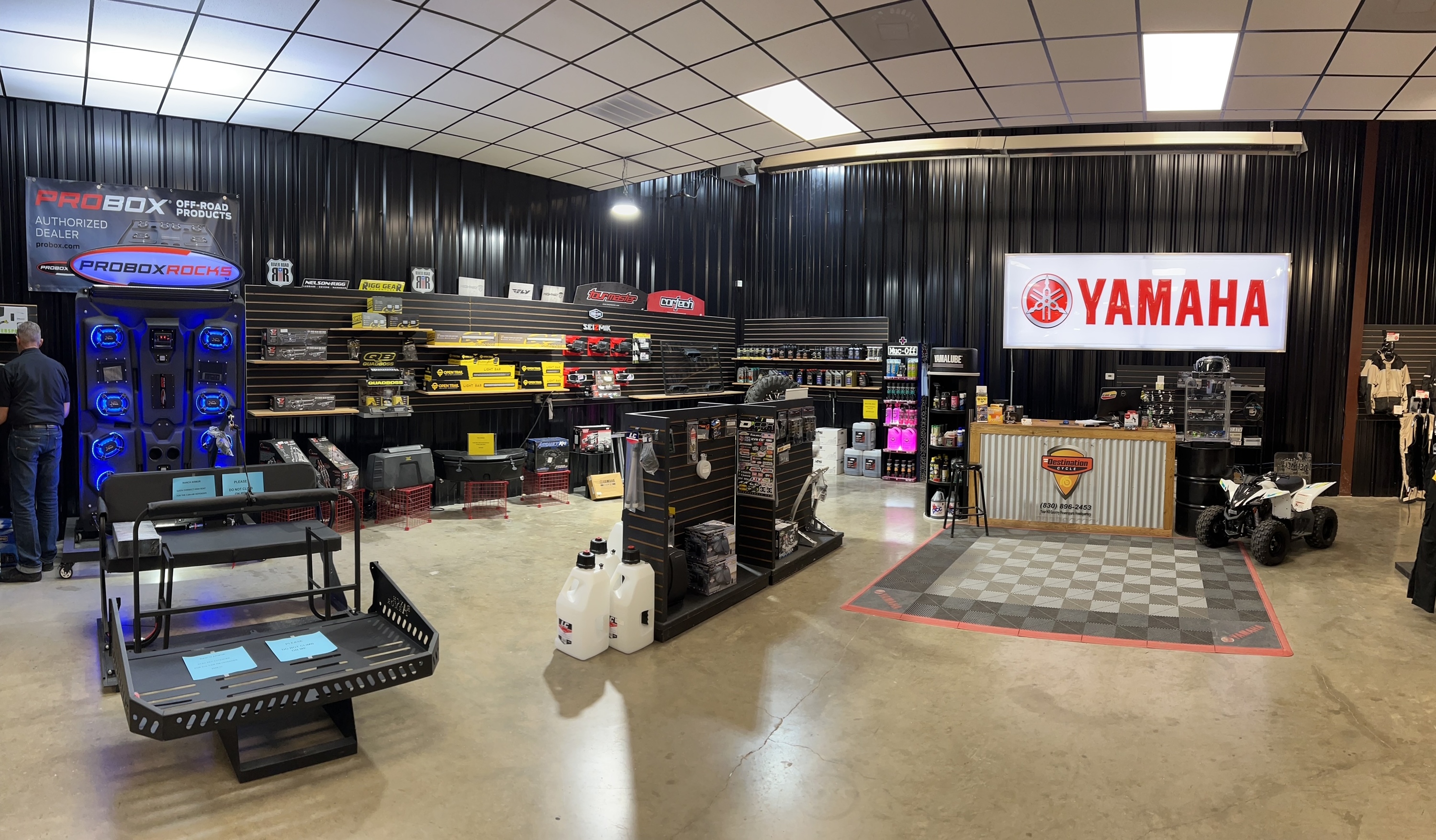Find Affordable Costs on Motocross Parts NZ for Every Bike
Find Affordable Costs on Motocross Parts NZ for Every Bike
Blog Article
Understanding Motorbike Gears: How to Maximize Your Riding Experience
In the realm of motorcycling, grasping the art of equipment adjustment is important for improving your riding performance. Properly using and understanding motorbike gears can significantly affect control, gas, and acceleration efficiency, transforming a typical experience right into a smooth, exciting trip.
Recognizing Equipment Mechanics
At the core of bike dynamics, gear mechanics play a crucial function in transforming engine power into activity, eventually dictating speed and control. The equipment proportions, thoroughly made, figure out the relationship between engine changes and wheel turns, affecting velocity and fuel performance.
Understanding equipment technicians begins with identifying the importance of the transmission, which houses multiple equipments of differing sizes. These gears connect with a process referred to as meshing, where teeth of various gears engage to transfer power. The accuracy of this communication is crucial; any type of imbalance or damage can cause ineffective power transfer, hindering performance. Furthermore, the arrangement and size of equipments affect the motorcycle's capability to manage various loads and speeds.
In addition, the idea of gear moving is important to optimizing efficiency. Smooth and prompt shifts make sure that the engine operates within its ideal power band, protecting against unnecessary strain and enhancing long life (motox parts nz). By understanding these mechanical intricacies, motorcyclists can achieve a harmonious blend of control, power, and effectiveness, raising their riding experience
Timing Your Changes
Shift timing proficiency is essential for optimizing motorcycle performance and enhancing the riding experience. Properly timed changes make certain that the engine runs within its ideal power band, which is essential for maintaining control, achieving smooth acceleration, and making certain the long life of the motorbike. Bikers must create an instinctive sense of when to shift equipments, which includes understanding the relationship in between engine transformations per minute (RPM) and rate.
To grasp change timing, pay close focus to the engine's sound and really feel, as these supply important ideas regarding when to change equipments. The optimal shift factor usually takes place when the engine comes close to the upper variety of its power band without getting to the redline. Shifting also early can result in an absence of power, while shifting far too late may cause unnecessary engine pressure
In addition, roadway problems and riding design impact change timing. In comparison, throughout highway riding, less changes at greater rates can be a lot more appropriate.
Enhancing Fuel Efficiency
While understanding bike gears is essential for efficiency, improving fuel effectiveness is similarly important for both economic and ecological factors. Ideal gas usage not just decreases operational expenses but additionally reduces the eco-friendly impact of riding. To attain this, one have to understand the intricate relationship in between equipment selection and engine performance.
Riding in a greater gear at reduced rates can lead to engine lugging, which is harmful to both fuel economic situation and engine wellness. On the other hand, riding in reduced equipments at high speeds results in unneeded fuel intake.
Furthermore, regular upkeep plays a critical duty in fuel efficiency. Making certain that the motorbike is well-tuned, with tidy air filters and appropriately inflated tires, can improve the rules of aerodynamics and minimize fuel wastefulness. Moreover, adopting a riding style that welcomes progressive velocity and smooth slowdown can contribute to far better fuel economic climate.

Strategies for Smooth Transitions
Achieving smooth equipment transitions is basic to boosting the riding experience and ensuring the long life of a motorcycle's transmission system. Proper gear shifting not just adds to a smooth experience yet likewise reduces damage on the mechanical components. To grasp the art of smooth transitions, motorcyclists have to focus on top article a few crucial strategies.

Secondly, clutch control plays a Bonuses critical function. Engaging and disengaging the clutch smoothly requires practice. The clutch lever should be released progressively, enabling a smooth transfer of power from the engine to the wheels without creating a shock or sudden motion.

Adapting to Road Problems
Browsing diverse roadway problems is an essential ability for any motorcyclist aiming to keep control and security. Whether you're riding on wet surface areas, gravel roadways, or navigating sharp turns, your ability to adjust your gear use and riding method is paramount. Recognizing exactly how to adjust your equipments appropriately can significantly influence traction and security, ensuring a more secure journey.
On damp roads, it is advisable to preserve higher equipments to reduce torque and lessen wheel spin. This approach aids maintain hold on slippery surface areas, permitting smoother velocity and slowdown. In contrast, when riding on crushed click for more rock or uneven surface, reduced gears are more effective. Lower gears give much better control and enable you to respond more promptly to unexpected modifications in the roadway surface.
Sharp curves require accurate gear management to stabilize rate and control. Downshifting before going into a curve can help maintain energy while making sure the bike continues to be steady throughout the turn. Constant technique in diverse problems boosts your ability to respond and anticipate to adjustments in roadway appearance and slope.
Conclusion
Understanding motorbike equipments substantially improves the riding experience by enhancing control, acceleration, and gas efficiency. Adjusting equipment option to various roadway problems, such as making use of higher gears on damp surfaces and reduced gears on crushed rock, additional improves handling and safety and security.
Recognizing equipment auto mechanics starts with recognizing the significance of the gearbox, which houses numerous gears of differing dimensions. These equipments interact with a process known as meshing, where teeth of various gears involve to send power (motorbike shop). Mild modifications to the throttle throughout gear shifts can avoid jerky activities and keep a regular riding rate
Whether you're riding on wet surfaces, crushed rock roadways, or browsing sharp turns, your ability to adjust your gear use and riding method is vital. Adapting equipment option to numerous road problems, such as making use of greater gears on wet surfaces and reduced gears on gravel, further improves handling and safety.
Report this page